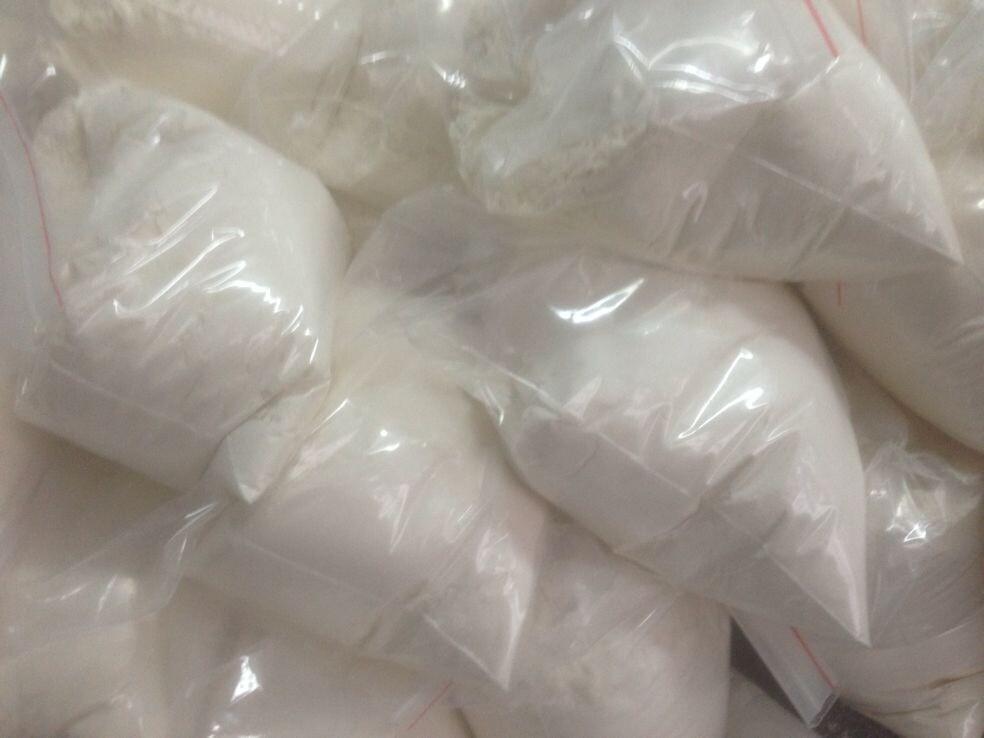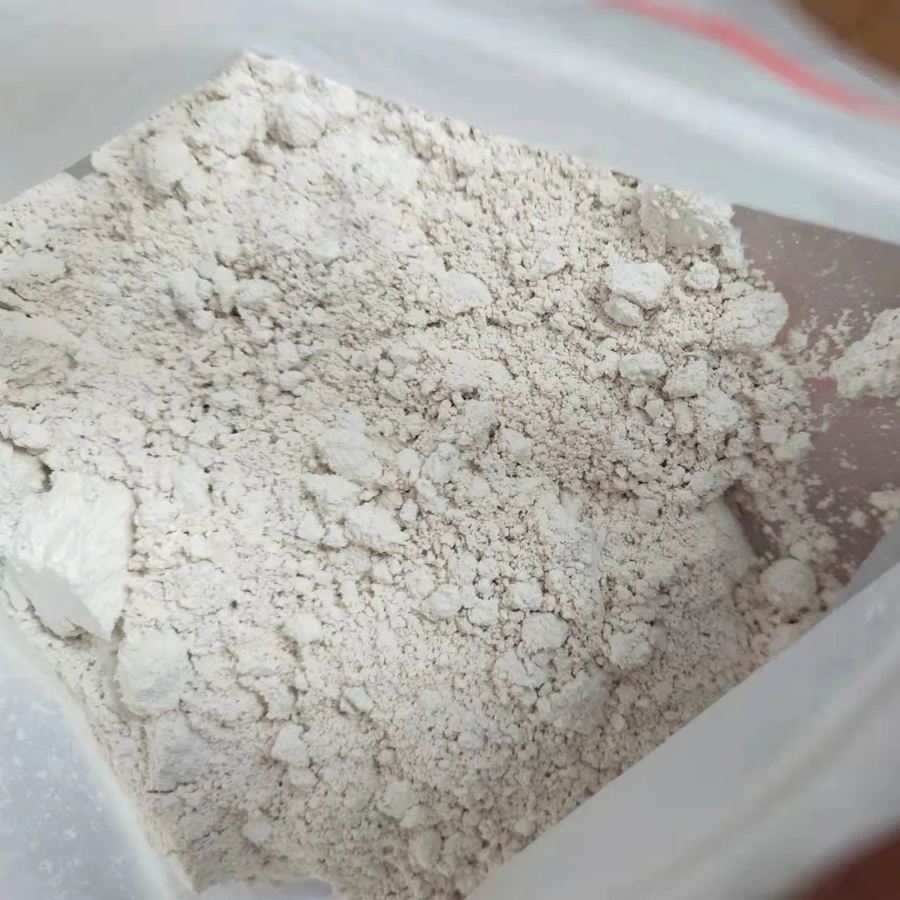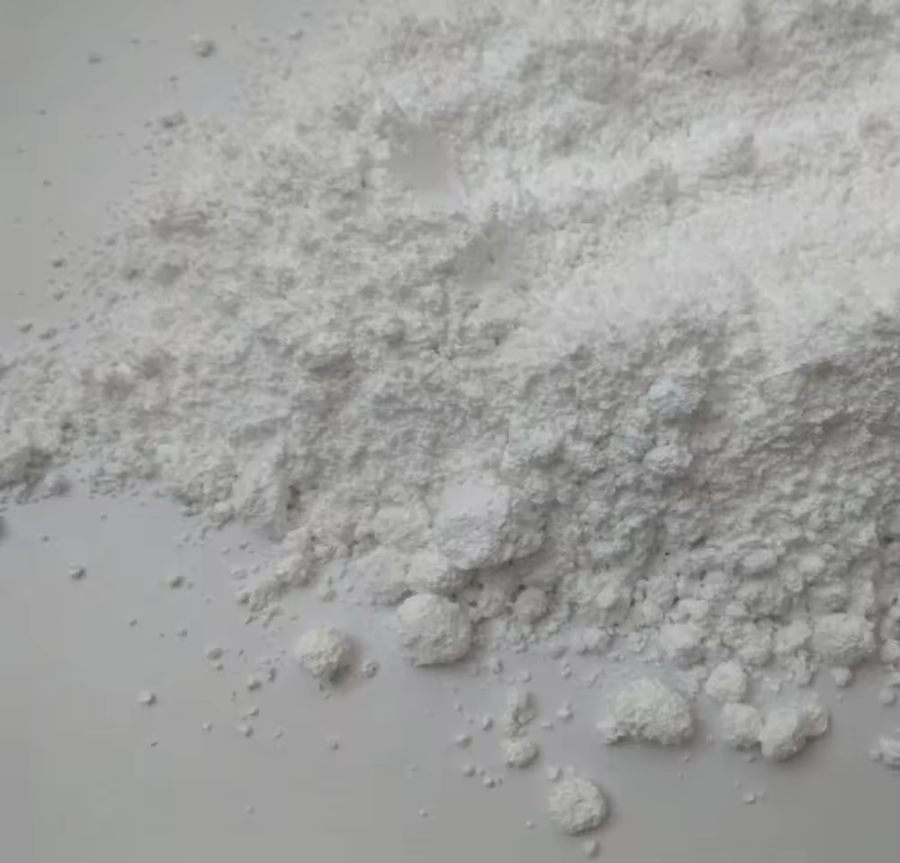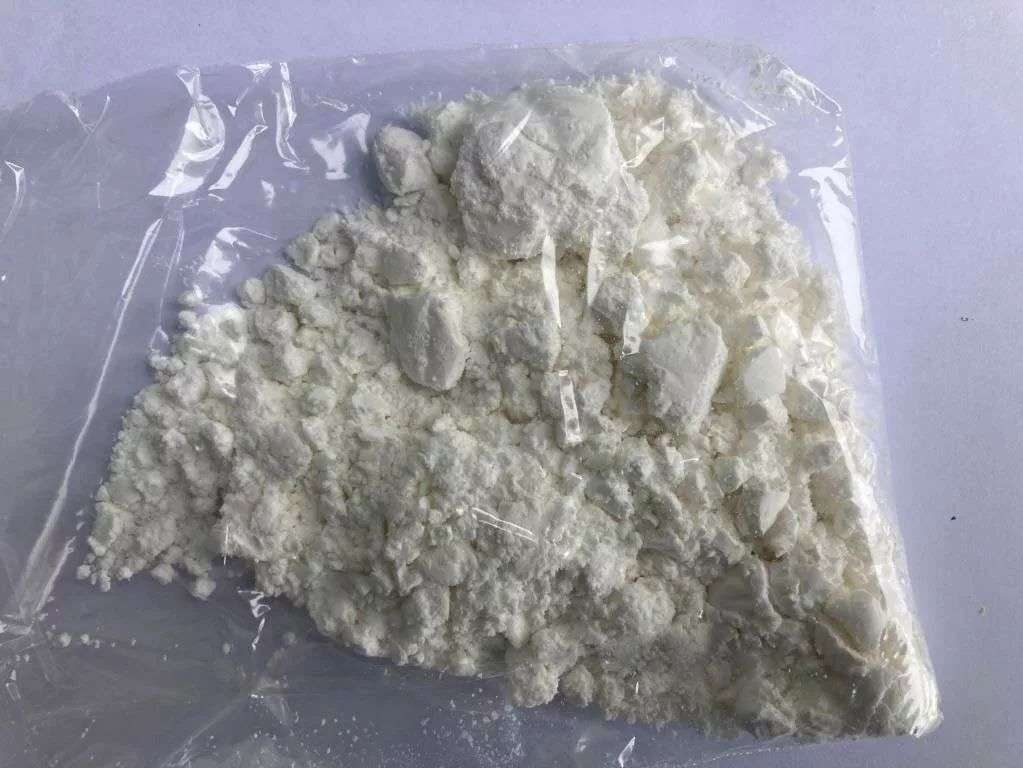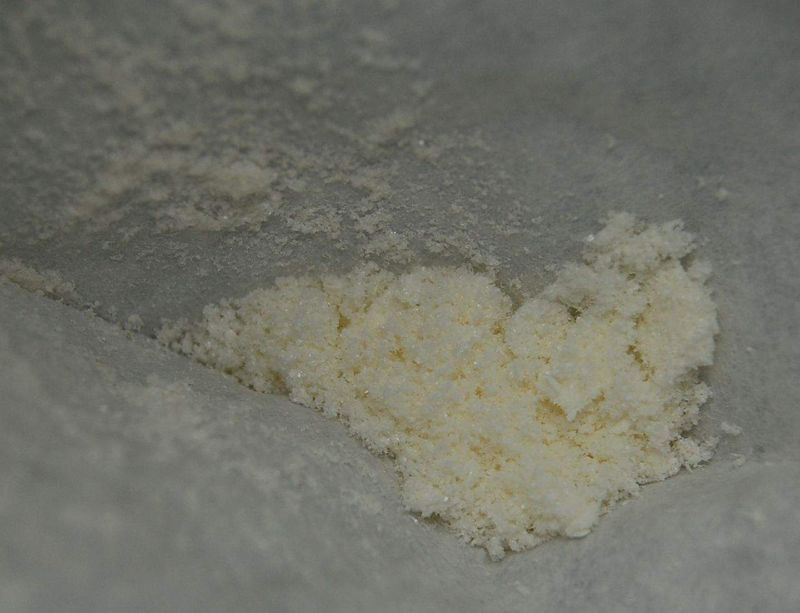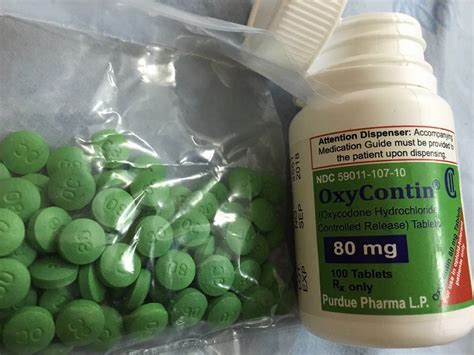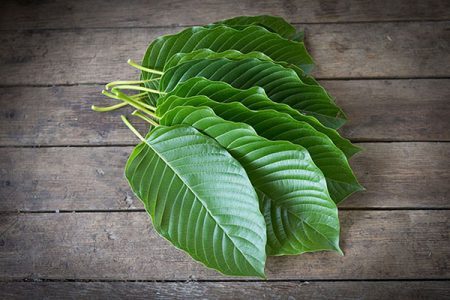
Kratom (mitragyna speciosa, kratom, kratom, krathom, ithang, kakuam, thom, ketum, biak) is a rare tree of the madder family (a relative of coffee), common in Thailand, Malaysia, Myanmar, Papua New Guinea.
Mitragyna speciosa reaches 50 feet in height; branch spread is more than 15 feet. The trunk is straight and branching. Leaves are dark green, glossy, smooth; simple, large (3-20 cm by 2-12 cm), arranged crosswise and have leaflets. Leaflets are lanceolate and pronounced. Leaf blade is leathery, elliptic, obovate, a little hairy beneath, with unexpressed tertiary veins, with a sharp tip and a round base with a few prominent secondary veins. The petiole is narrow.
Two kinds of kratom are distinguished, according to the color of the leaf veins (red or green/white). A study conducted among Thais using kratom showed that most prefer a mixture of both varieties; after the mixture, the variety with red veins is usually used, then the variety with green veins. Australian researchers report that red and green veins appear at different times on different plants cloned from the same mother plant.
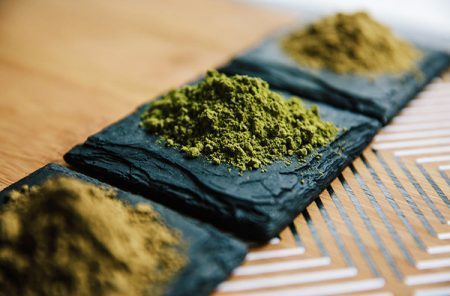
Kratom is evergreen rather than deciduous, and leaves are constantly dropping and renewing, but there is quasi-seasonal leafing due to the environment. During the dry season, leaves fall faster, and during the rainy season, they grow faster. A kratom grown outside its natural habitat drops its leaves when the temperature drops to 4 degrees Celsius.
Biochemically, kratom is similar to the plants corynanthe, cinchona and uncaria. The leaves of kratom contain more than 25 alkaloids. The alkaloid content depends on the locality and on the time of year. There is a quantitative change in alkaloid content from season to season in each locality. The major alkaloids are: Mitragynine, 7-hydroxymitragynine (7-OHM), Epicatechin (a powerful antioxidant available in dark chocolate and closely similar to EGCG, which gives green tea its health benefits), raubasine (best known from rauwolfia serpentina), corynanteidin, painantin, speciogenin, mitraversin, ricophylline, speciociliatin, stypulatin.
Mitragynine is the dominant alkaloid of the plant. It was first isolated in 1907 by D. Hooper. This process was repeated in 1921 by I. Field, who gave the alkaloid its name. Its structure was first fully determined in 1964 by D. Zacarias, R. Rosenstein, and I. Jeffrey. Structurally, this alkaloid is similar to the alkaloids yohimbe and voyacangine. Its affinity to other tryptamine-based psychedelic substances, such as LSD or psilocybin, is weaker. Chemically, mitragynine is called 9-methoxy-corinantheidine. Its molecular formula is C23H30N2O4 and its molecular weight is 398.5. Basic mitragynine looks like a white noncrystalline powder, melting at 102-106 degrees and boiling at 230-240 degrees. It is soluble in alcohol, chloroform, and acetic acid. The hydrochloride salt is soluble at 243 degrees.
Mitragynine is conducted through delta and mu-opioid receptors. At low doses, mitragynine demonstrates binding to alpha-adrenergic receptors, in the manner of yohimbine, as does binding to delta-opioid receptors. With increasing dose, binding to delta receptors increases; mu-receptor crossover follows. The opioid effects of mitragynine are comparable to those of codeine in strength. Mitragynine suppresses coughing and analgesia. Unlike codeine, mitragynine suppresses coughs without causing vomiting or difficulty breathing.
The classic users of kratom are peasants, laborers, and farmers, who use kratom to somehow brighten up the disgusting reality and make it easier to cope with hard physical work and grueling field work. In Bangkok, drivers of the amazing tuk-tuk vehicle (a mixture of a moped and an Oka car) use kratom as a means of always feeling invigorated and full of vitality. Women are much less likely to use kratom than men, perhaps because kratom is associated primarily with labor, hard work, while women tend to do chores at home. The average age of a kratom user tends to be greater than the age of a user of other substances. Highly addicted people tend to chew kratom three to 10 times a day.
Kratom is legal everywhere except Thailand, Malaysia, Burma and Australia. The Thai government passed the Kratom Act 2486, which went into effect on August 3, 1943. Under this act, tree planting was declared illegal and existing trees were required to be cut down. This law was deemed ineffective because the tree was part of the country’s ecosystem. Nowadays, Thai law places kratom in the same group as heroin and cocaine and applies the same penalties to it. Possession of one ounce of the extract is punishable by death. This law, like prohibition laws all over the world, has only contributed to the soaring prices of Kratom on the black market. A related species, mitragyna javaica, is often used as a means to circumvent the law, but it is not as effective. The dominant alkaloid in the plants of this species is mitrayavin, which has yet to undergo pharmacological testing.
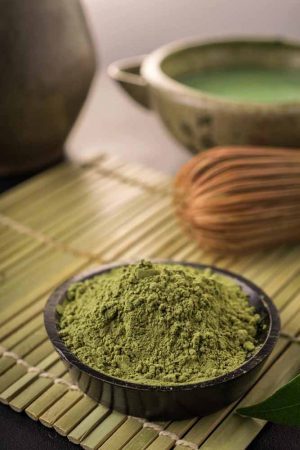
History
Traditional use in Thailand goes back a long way, and its beginnings cannot be determined. The first reference to kratom in Western literature belonged to Lowe, who in 1836 wrote that Malaysians used the plant as a substitute for opium if the latter was unavailable or too expensive.
In some parts of Thailand it is believed that parents are more likely to marry their daughters to those who use kratom than to those who use marijuana.
It is believed that those who use kratom are hard workers and those who use marijuana are lazy. This opinion is supported by many people who report that they began using the plant because they want to work more efficiently; they claim that kratom generates a steady desire to work.
Although some people (primarily in Thailand) have become addicted to kratom, the plant is not addictive if used competently: addiction is only possible if kratom is used in doses high enough to crossover mu-receptors.
In 1895 E. M. Holmes identified kratom as mitragyna speciosa, and again pointed to its use as a substitute for opium. In 1907, L. Wray described such uses as smoking, chewing, and tea. Hoping that the active chemical component could be discovered and investigated for medical use, Wray sent the leaves of kratom and a related plant, mitragyna parvifolia, to Edinburgh University; it was from these samples that Field isolated mitragynine (and mitraversin from m. parvifolia).
In 1930 I. H. Burkill wrote that kratom was also used as a poultice for wounds and as a medicine for fever.
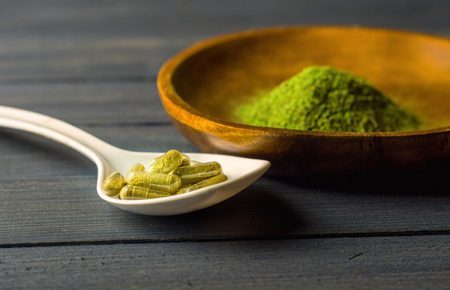
In medicine
Kratom has high potential medical use as a safer and cheaper alternative to methadone: it has the ability to ease withdrawal from morphine-like opiates because it itself contains opioid agonists. There is newer information indicating that mitragynine has been used in New Zealand to cure methadone addiction. According to this information, the patient smoked kratom every time he felt withdrawal symptoms; the treatment period was 6 weeks. The patient reported vivid hypnagogic dreams.
In 1999, Pennapa Sapcheron, director of the National Institute of Thai Traditional Medicine in Bangkok, stated that Kratom could be used to treat both opiate addiction and patients suffering from depression, but stressed the need for further research. Chemists at Chulalongkorn University have isolated mitragynine, which researchers can obtain for study.
In developing the ibogaine study design, American Treatment Not War activist Dana Beal suggested using mitragynine as an active placebo for comparison during the study. Charles Grudzinkas, acting deputy director of NIDA, rejected the suggestion on the grounds that even less is known about mitragynine than about ibogaine.
In addition to its use as a psychoactive plant, kratom is used by Malay healers to deworm, improve circulation, increase tone, suppress coughs and symptoms of diabetes. It is also used for ailments such as an enlarged spleen; has an analgesic effect and promotes wound healing: the fresh leaves of M. Speciosa leaves are crushed and applied to wounds. It is used as a remedy for diarrhea, fever.

Uses and Effects
The uniqueness of this plant is that not a large dose usually works as a stimulant (but not always), and large doses as a relaxant. And this is understandable, because the active alkaloids (primarily mitragynine) have both a stimulant and a sedative effect.
An article titled “How Ketum Is Abused” that was published in a Malayan newspaper in 2005 mentions several unusual uses: “The leaves can also be mixed with dried coconut, ginger, onion, nutmeg and lime, wrapped in daun kaduk (wild pepper leaves) and chewed like daun sirih (betel). Also some people smoke them, but the effects of smoking are noticeably weaker.
Stimulant effects (5-10 grams):
Lots of physical energy, and sometimes sexual energy. Increased ability to do monotonous physical work. The person becomes more talkative, outgoing, and more friendly. On the level of stimulation, the mind is more attentive.
Calming, sedative, analgesic effects (10-15 grams):
The first effects begin 10 minutes after taking the tea; the effect is evident in pleasant waves running through the body, especially the extremities. After 30 to 45 minutes, the effect increases considerably. Euphoria arrives, and the body feels excellent. Painful sensations disappear, or lose importance. Some itching or sweating is experienced. Nausea may occur. The effect lasts about 2 hours in full force; then there are pleasant post-effects for another 2 hours. Kratom can also cause an inability to focus vision.
Kratom excites opioid delta and mu receptors, but also gives effects uncharacteristic of opiates: it changes vision, makes colors brighter, causes unobtrusive hallucinations, euphoria, feeling of unity with nature. The plant encourages the body and mind to work and learn; gives a sense of complete well-being.
Kratom should not be combined with stimulants (yohimbine, cocaine, amphetamine, caffeine in large doses) because of the danger of overstimulation and increased blood pressure. Do not combine with depressants (alcohol in large amounts, benzodiazepines, opiates) because of the possibility of respiratory problems.
Danger
Health problems are unlikely unless kratom is consumed every day. There are people in Thailand who use it every day and it has become a habit. They have been noted to have weight loss, dark facial pigmentation (especially on the cheeks, which makes the person look like a hepatitis patient) and physical problems if they stop taking it quickly. Physical problems are muscle aches (withdrawal), irritability, they may scream, snot running out of their nose, diarrhea, and cramps. 30% of people who take Kratom consistently experience decreased sex drive, they need to take a mixture of Kratom and alcohol in order to experience sexual arousal.


